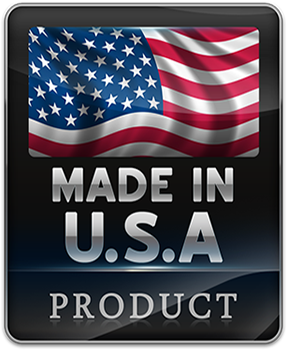Featured Article
The U.S. Consumer Product Safety Commission (CPSC) warns parents and guardians of young children about strangulation hazards associated with certain toy chest and other containers.
A 13-month old boy was found dead with his head inside his toy chest and his neck over the edge. Trapped in this position by the fallen lid, he died of asphyxiation.
The agency’s data indicate that since 1975, at least 45 reported fatalities and three incidents of brain damage have resulted from the lids of boxes or chests used for toy storage falling on children’s heads or necks. These have included chests specifically manufactured for toy storage, as well as trunks, wicker chests, wooden storage chests, decorative cubes and similar items with hinged lids used to store toys.
Most of the victims in these accidents were under two years of age. Typically accidents occurred when children were reaching into the chest and the lid dropped on their hands or trapped them at the neck.
Another potentially fatal, but less frequent, hazard is suffocation. These accidents happened when children climbed into toy chests to hide or sleep. Because the toy chests were not adequately ventilated, the victims suffocated in the enclosed space.
In cooperation with CPSC industry developed and published a voluntary safety standard in 1984 for toy chests to assure that the lid of any toy chests, which is hinged, will stay open in any position to which it is raised, that all toy chests have ventilation holes, and toy chests with lids or doors do not have a latch that might close and trap a child inside.
To prevent injuries and deaths, CPSC offers the following advice:
Selection
If you are buying a new toy chest with a hinged lid, make sure it has a lid support that will hold the lid open in any position. Test the lid!
You may want to look for chests with no lids, or with lightweight removable lids, or ones with sliding doors or panels to prevent the hazard of a falling lid.
Look for a chest with ventilation holes that will not be blocked if the chest is placed against the wall, or a chest which, when closed, leaves a space between the lid and the sides of the chest.
NOTE:
If you see a toy chest with a hinged lid that does not stay open in any position, please notify the U S Consumer Product Safety Commission See box, page 2. (KS editor’s note: see image below)
Use
If alternative storage items must be used, such as food lockers, trucks, wicker chests, etc. remove the lid if it does not have a spring-loaded lid support device that supports it in any position when open.
Maintenance
Check periodically to make certain that the support device that holds the lid open is functioning properly.
One supplier of hinges to the cabinetmaking industry has agreed to make its spring-loaded support device available directly to consumers. The device conforms to the voluntary standard.
This firm is:
Carlson Capitol Manufacturing Co.
P.O. Box 6165
Rockford, IL 61125
(815) 398-3110
If you already own a toy chest or truck with a freely falling lid , CPSC recommends that you COMPLETELY REMOVE THE LID to avert possible tragedy. Alternatively, you may wish to install a lid support designed to hold the lid open in any position. Look for a lid support such as a spring-loaded device that will not require periodic adjustment.
Article by KidSource Online

Our Mission Statement
Carlson Capitol is a custom manufacturer of lid supports and metal stampings, dedicated to meeting our customers needs and expectations.